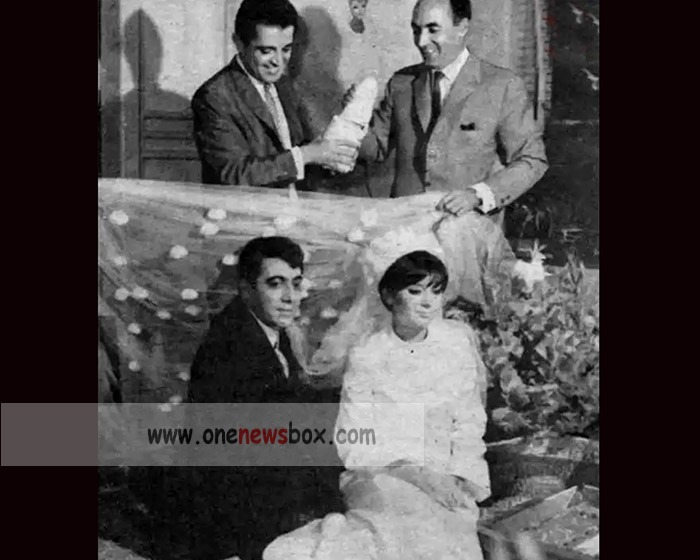Golpa entered Farhang Elementary School in 1939, where his reputation as a Quran reciter quickly spread. These early activities taught him not only pitch accuracy and vocal stamina but also the spiritual connection between text and melody—a hallmark of Persian vocal art.
By 1945, under his father’s guidance, he began serious and systematic study of music. His immersion deepened in 1947 when he performed with an orchestra and choir at the central hall of the Shirokhorshid Sorkh Society. Around the same time, he entered the Nizam School, where he befriended the young Iraj, another future luminary of Iranian music. In 1948, he joined the school’s Music Association, opening the door to wider connections with Tehran’s artistic circles.
From 1949 onward, Golpa studied under some of the greatest masters of Persian music. His teachers included:
-
Hassan Yekrangi, a pupil of the legendary singer Iqbal Azar.
-
Ismail Ghahremani and Abolhassan Saba, towering figures of instrumental music.
-
Yousef Foroutan, a master of the setar.
-
Abdullah Davami, custodian of Persian vocal traditions.
-
Ismail Adib Khansari and Hossein Taherzadeh, both vocalists of profound influence.
-
Soleiman Amir Ghasemi, an accomplished radif expert.
-
Above all, Noor Ali Boroumand, whose mentorship profoundly shaped Golpa’s understanding of the radif and its interpretive possibilities.
Golpa devoted long hours to these masters, especially Boroumand, acquiring not only technical skill but also the philosophical depth of Persian music. His vocal style came to draw most heavily from Taherzadeh and Adib Khansari, while his exposure to instrumentalists sharpened his sensitivity to orchestration.

